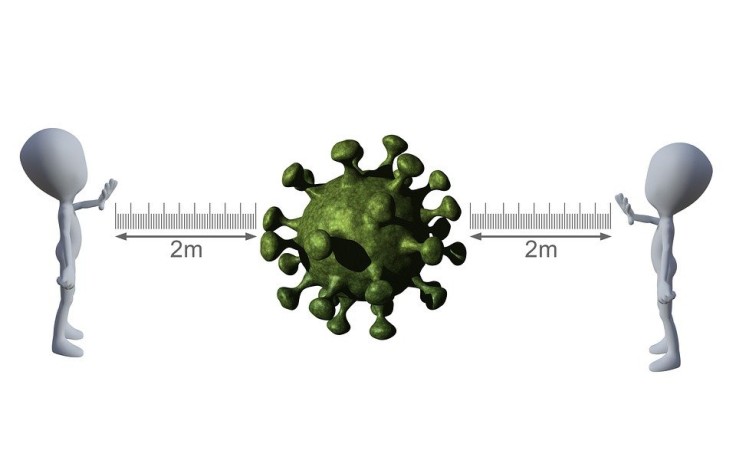
Researchers stated that a National Health Service (NHS) contact-tracing application would only be able to completely stop the spread of the coronavirus infection if at least 80% of today's smartphone users use it.
The team that hailed from the University of Oxford conducted an experiment showing how the coronavirus might spread for it to garner the support for the development of the application across Europe.
According to a previous survey, however, revealed that only 73.6% of Europeans are likely to install and use the potentially life-saving app.
The extent of the study
The study was conducted to a total of 6,000 people across five different countries, and it also found out that less than 80% of smartphone users in both the US and Germany would only 'probably' install the application.
Of the five countries involved in the test, only France and Italy are more likely than not able to secure enough users to result in the practical usage of the app's intended purpose at suppressing the virus infection.
With less than stellar expectations for the application, a combination of the program, along with proper social distancing guidelines and adherence of the citizens, can still help to impede the contraction of the disease.
The team predicts that the application would be able to prevent one infection for every one or two users of the app.
One of the significant downsides of the technology is its reliance on self-diagnosis rather than testing, where the user has to manually input they are either infected or showing signs of it.
David Bonsall, the author of the report, explained it is hypothetically faster to contact trace based on symptoms as it is significantly much quicker than testing and allows distancing before transmission of the virus.
The results of experiments done by Bonsall's team has revealed the loss of epidemic control during the wait for test results, which leads to more casualties and more people in isolation.
The team, however, noted that testing of users who have self-diagnosed should still be tested to ensure that if they do not have the virus, they will not be forced into quarantine.
Dr. Bonsall added with the right settings; the technology would be able to save lives and protect everyone from the virus.
Professor Fraser said they would be sharing their technology with the government, so it may be used to enhance both sides and enable increased safety protocols and guidelines.
Guidelines for social distancing
Social is distancing was enacted to prevent the spread of the virus by limiting contact with other people. All countries affected by the illness have been enforcing their guidelines on how to maintain social distancing properly.
This is mainly due to the virus being spread due to several different ways:
- Coughing;
- Sneezing;
- Direct physical contact
All the ways mentioned above are avoided adequately with sufficient separation from person-to-person, hence the emphasis on the importance of social distancing.










